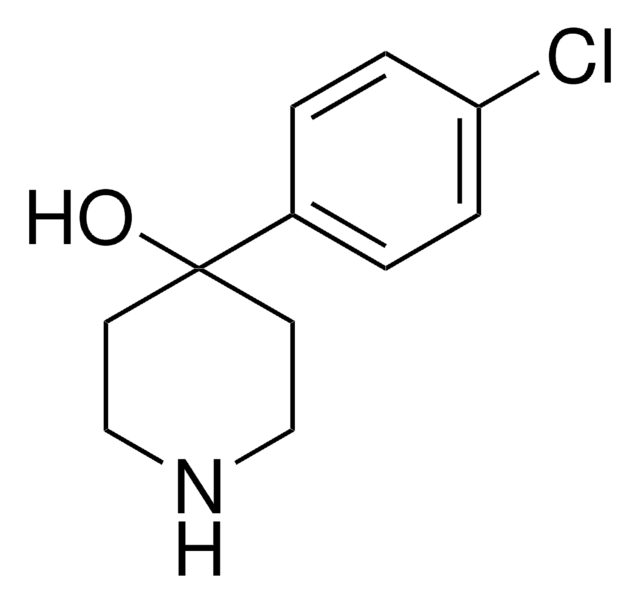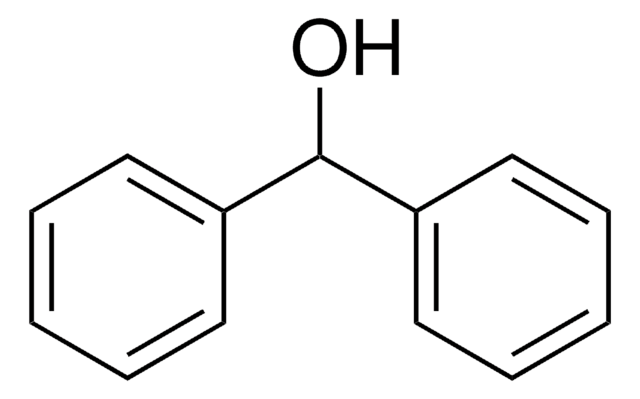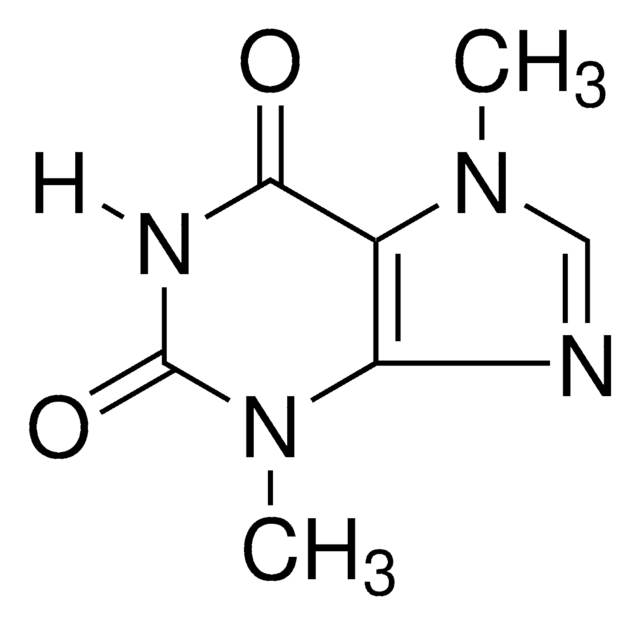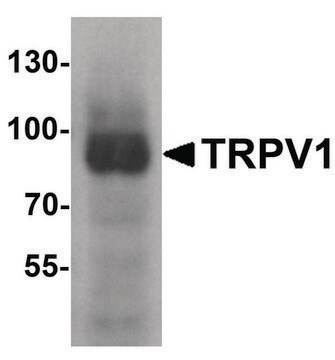5.08162
Loperamide Hydrochloride
Sinônimo(s):
Loperamide Hydrochloride, µ-Opioid Receptor Agonist, Loperamide Hydrochloride, Imodium
About This Item
Produtos recomendados
Ensaio
≥99% (HPLC)
Nível de qualidade
Formulário
solid
potência
2 nM Ki
fabricante/nome comercial
Calbiochem®
condição de armazenamento
OK to freeze
protect from light
cor
white
solubilidade
DMSO: 50 mM
ethanol: 50 mM
temperatura de armazenamento
2-8°C
cadeia de caracteres SMILES
[Cl-].Clc1ccc(cc1)C2(CC[N+H](CC2)CCC(c4ccccc4)(c3ccccc3)C(=O)N(C)C)O
InChI
1S/C29H33ClN2O2.ClH/c1-31(2)27(33)29(24-9-5-3-6-10-24,25-11-7-4-8-12-25)19-22-32-20-17-28(34,18-21-32)23-13-15-26(30)16-14-23;/h3-16,34H,17-22H2,1-2H3;1H
chave InChI
PGYPOBZJRVSMDS-UHFFFAOYSA-N
Descrição geral
Ações bioquímicas/fisiológicas
u opioid receptor
Advertência
Nota de preparo
Reconstituição
Outras notas
Di Bosco, M., et al. 2008. Chem. Biol. Drug Des.71, 328.
DeHaven-Hudkins, D., et al. 1999. J. Pharmacol. Exp. Ther.289, 494.
Mackerer, C., et al. 1976. J. Pharmacol. Exp. Ther.199, 131.
Informações legais
Palavra indicadora
Danger
Frases de perigo
Declarações de precaução
Classificações de perigo
Acute Tox. 3 Oral
Código de classe de armazenamento
6.1C - Combustible, acute toxic Cat.3 / toxic compounds or compounds which causing chronic effects
Classe de risco de água (WGK)
WGK 3
Ponto de fulgor (°F)
Not applicable
Ponto de fulgor (°C)
Not applicable
Certificados de análise (COA)
Busque Certificados de análise (COA) digitando o Número do Lote do produto. Os números de lote e remessa podem ser encontrados no rótulo de um produto após a palavra “Lot” ou “Batch”.
Já possui este produto?
Encontre a documentação dos produtos que você adquiriu recentemente na biblioteca de documentos.
Nossa equipe de cientistas tem experiência em todas as áreas de pesquisa, incluindo Life Sciences, ciência de materiais, síntese química, cromatografia, química analítica e muitas outras.
Entre em contato com a assistência técnica









